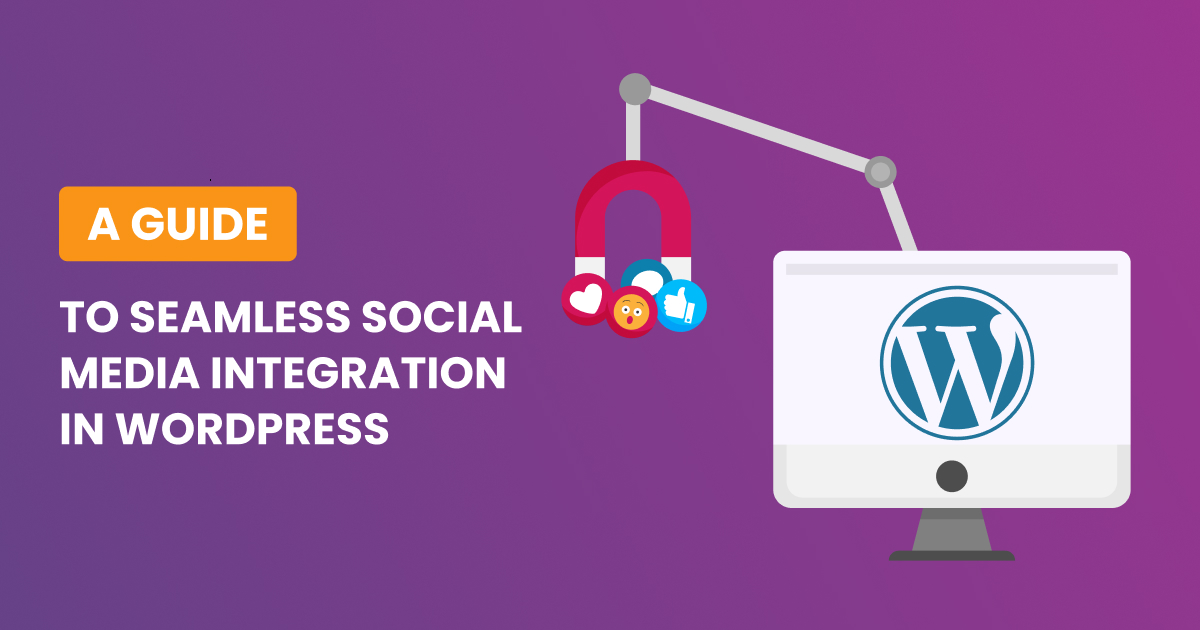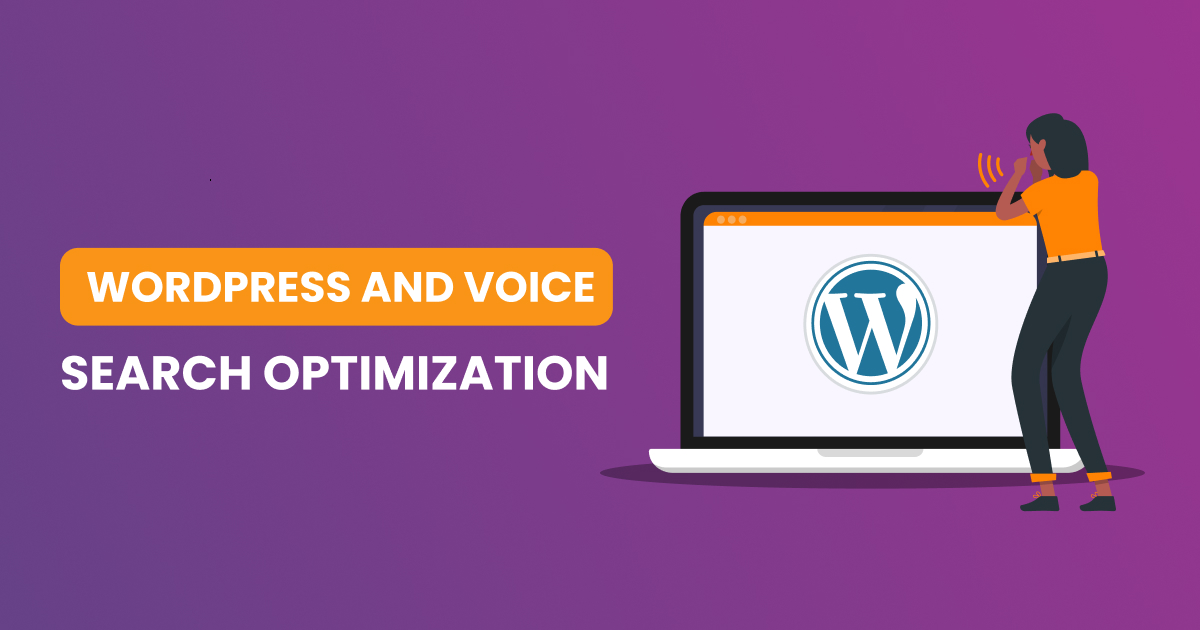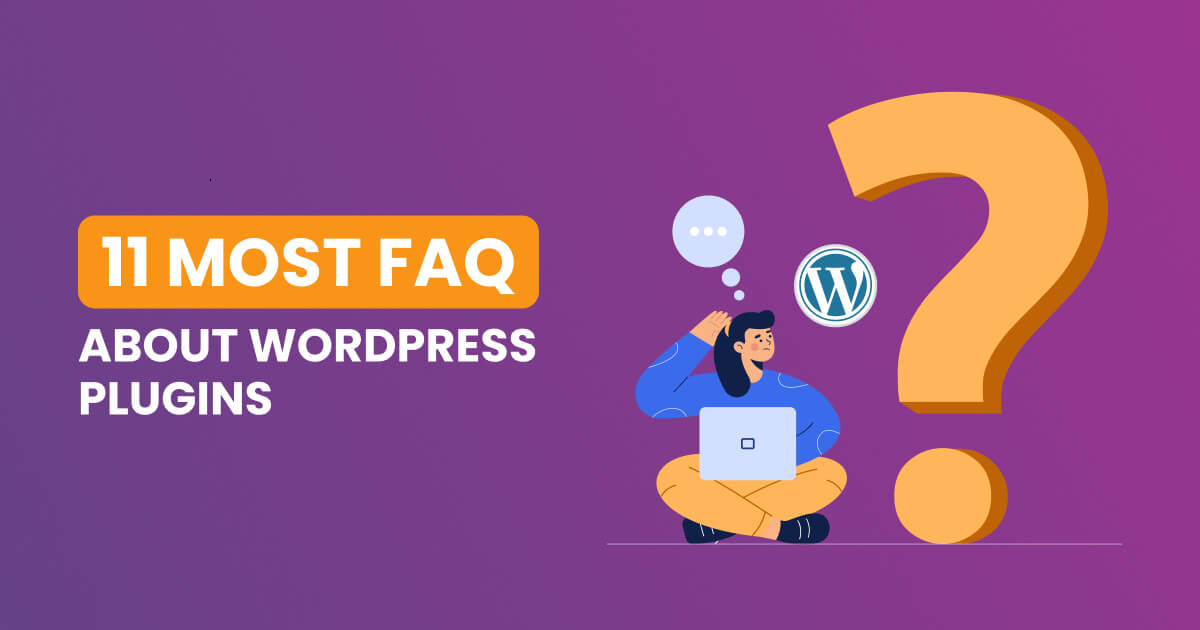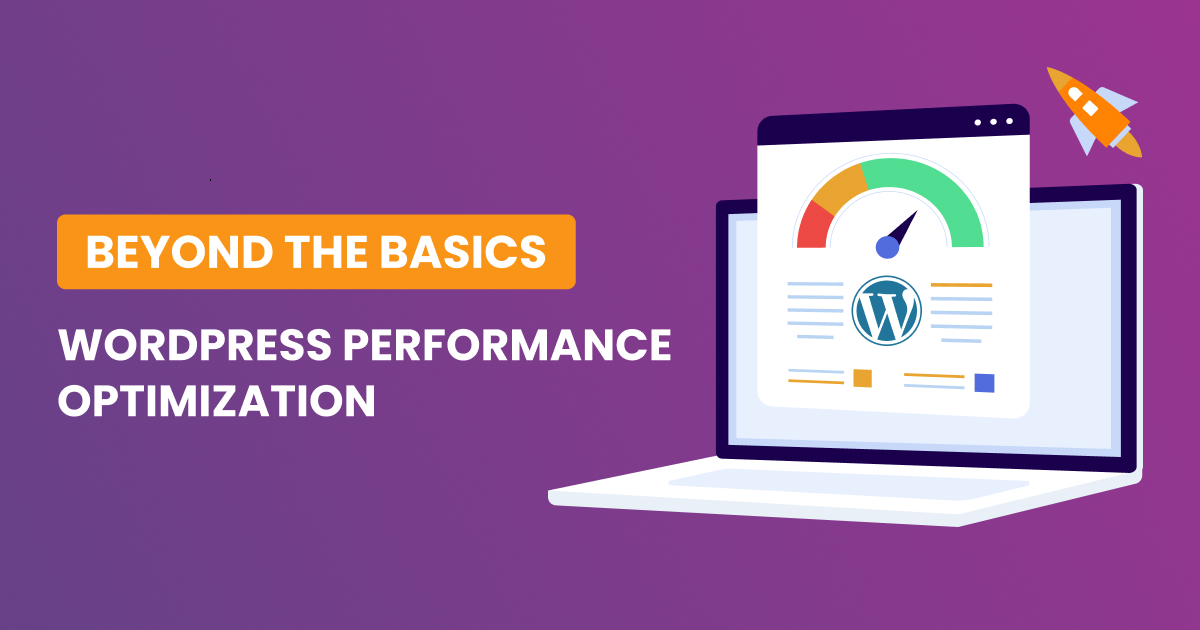WordPress is constantly evolving with updates and new features. Staying up to date with the latest version is essential for performance and security. Hence, why you may sometimes need to downgrade WordPress to a previous version.
In fact, some updates can cause compatibility issues with your theme or plugins, or perhaps you simply preferred the old user interface. There are thousands of reasons why you would want to downgrade your wordpress and whatever the reason, this guide will take you through the process of resetting WordPress safely, including a step-by-step tutorial on how to use a plugin to reset your site to a previous version.
Why Downgrade WordPress?
Before diving into the process of downgrading, it’s crucial to understand why you might want to revert to a previous version of WordPress. Here are a few common scenarios:
Plugin or Theme Incompatibility
Sometimes, an update can break compatibility with your favorite plugins or themes, leading to errors, crashes, or missing features.
User Interface Preferences
You may find that the latest WordPress version introduces changes to the user interface that you don’t like or that make it less user-friendly for your needs.
Stability Concerns
Occasionally, a new version may be less stable or have unresolved bugs, and you’d like to return to a more reliable previous version.
Compatibility with Legacy Content
If you have older content that relies on deprecated features or functionality, downgrading can help maintain the compatibility of your site.
Now, let’s get into the steps to downgrade WordPress and revert to a previous version.
Before you begin the downgrade process
Before proceeding with the downgrade process, it’s essential to take certain precautions:
Backup Your Website
It’s always a good practice to back up your website and database to ensure that you can restore it if anything goes wrong during the downgrade process. You can use plugins like UpdraftPlus or manually export your database.
Check for Compatibility
Ensure that the previous WordPress version you intend to downgrade to is compatible with your theme and essential plugins. Review the release notes and check for any breaking changes.
Notify Stakeholders
If your website is for a business or serves an audience, inform stakeholders and visitors about the planned downtime and potential changes.
Step-by-Step Guide to Downgrade WordPress
Now, let’s go through the step-by-step process of downgrading WordPress:
Step 1: Find the Previous WordPress Version
To downgrade to a previous version of WordPress, you need to find the specific version you want to install. You can do this by visiting the official WordPress release archive. There, you will find a list of previous versions with their release dates.
Step 2: Download the Previous Version
Once you’ve identified the version you want to downgrade to, click on the download link to obtain the WordPress ZIP file. Save this file to your local computer.
Step 3: Deactivate Plugins and Themes
Before proceeding with the downgrade, it’s a good idea to deactivate all your plugins and switch to a default theme like Twenty Twenty or Twenty Twenty-One. This helps ensure a smooth transition, as some plugins may not be compatible with the older version.
Step 4: Disable Auto-Updates
To prevent your website from automatically updating to the latest version again, you should disable automatic updates. You can do this by adding the following line of code to your site’s wp-config.php file:
define( ‘WP_AUTO_UPDATE_CORE’, false );
Step 5: Install the Previous WordPress Version
Now, it’s time to install the previous version of WordPress. Connect to your web server using FTP or a file manager in your hosting control panel. Upload the WordPress ZIP file you downloaded in step 2 to your website’s root directory. Once the upload is complete, extract the ZIP file to overwrite your existing WordPress installation.
Step 6: Replace the WP-Content Folder
After downgrading WordPress, it’s essential to retain your themes, plugins, and uploads. To do this, replace the wp-content folder from your current installation with the wp-content folder from your backup. This step ensures that you don’t lose any of your content, themes, or plugins during the downgrade.
Step 7: Update the Database
In some cases, a downgrade might require changes to the WordPress database. To initiate this process, simply access your website in a web browser. WordPress will automatically detect the database change and prompt you to update it. Follow the on-screen instructions to complete the process.
Step 8: Test Your Website
After the database update is complete, it’s essential to test your website thoroughly. Check for any issues, missing content, or broken functionality. Pay special attention to plugins, themes, and custom features to ensure everything is working as expected.
Using a Plugin to Downgrade WordPress
While the manual process is a valid option, there’s a simpler and more user-friendly method to downgrade WordPress by using a plugin. The Advanced WP Reset plugin streamlines the process, making it accessible to users with varying levels of technical expertise.
Here’s how to use the WP Downgrade plugin:
Step 1: Install and Activate Advanced WP Reset
Start by logging in to your WordPress dashboard and navigating to the “Plugins” section. Click on “Add New” and search for “Advanced WP Reset” Once you find the plugin, click “Install Now,” and then “Activate” it.
If you can’t activate your plugin. Click here to learn more. (link to blog about activation)
Step 2: Downgrade Your WordPress Version
Once you’ve configured and activated your plugin. You can now go to the Tools section, click on “Advanced WP Reset”, WP Switcher, choose the version you want and finally click on Switch WP Version (screenshot and demo video below).
This process may take a few minutes, depending on your internet speed and server performance. Once the process is complete, you will see a success message.
Step 3: Test Your Website
Thoroughly test your site after using the plugin, ensuring compatibility with themes and plugins.
Downgrading WordPress is a viable solution for compatibility issues, UI preferences, or stability concerns. Whether you choose the manual method or the Advanced WPReset plugin, follow these steps for a safe and effective revert to the desired WordPress version.
Downgrading WordPress is a feasible solution for compatibility issues, stability or if you simply prefer an older user interface.
Whether you choose the manual method or the Advanced WP Reset plugin, following the steps in this guide will help you safely and effectively revert to the WordPress version that best suits your requirements and needs.








